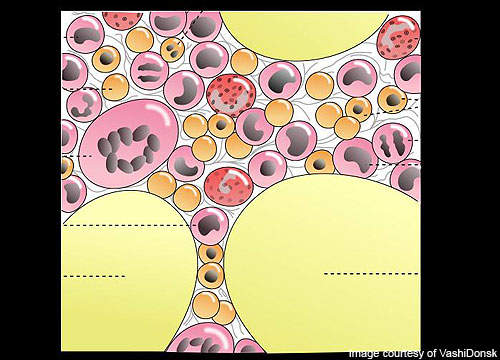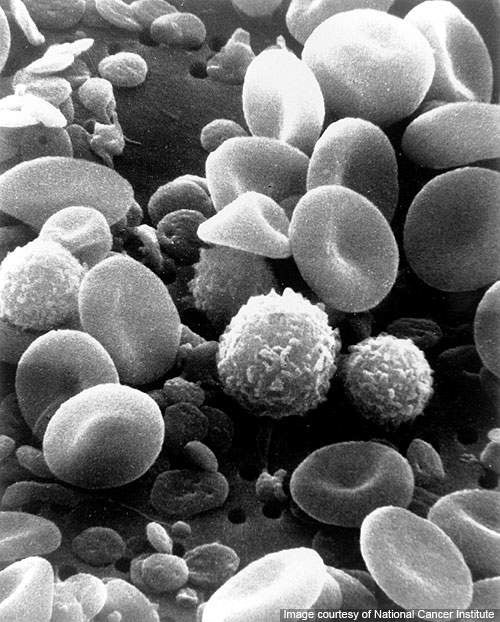SF1126 is indicated for treating chronic lymphocytic leukaemia (CLL). The drug is being developed by US-based Semafore Pharmaceuticals.
In June 2010, Semafore received the patent for PI-3 kinase pathways from the US Patent and Trademark Office. SF1126 is the only PI-3K/mTOR inhibitor prodrug being developed by Semafore.
The company received orphan drug designation for SF1126 from the US Food and Drug Administration in November 2010. The company is conducting phase I clinical trials.
Chronic lymphoid leukaemia
CLL is a form of cancer that originates in the blood or bone marrow. The disease is characterised by an abnormal increase of leukocytes in the blood, which results in the abnormal growth of B cells. These then accumulate in the blood and bone marrow and force out healthy blood cells.
In its advanced stage, the disease results in swollen lymph nodes, liver, spleen, anaemia and infections.
CLL occurs predominantly in adults, but in rare cases it can affect teenagers and children. According to a study conducted on the incidence of CLL, about 75% of newly diagnosed people with the disease are above 50, with men the majority.
There are more than 94,000 people living with CLL in the US. The disease can be treated with monoclonal antibodies and chemotherapy.
Pan-PI3K/mTOR inhibitor
SF1126 is a water soluble peptidic prodrug, which contains a pan-PI3K/mTOR inhibitor that can selectively bind cell surface integrins. The pan-PI3K/mTOR signaling pathway is necessary for biological processes such as cell motility, survival, growth and metabolism. The drug performs antineoplastic and antiangiogenic activities in treating CLL.
SF1126 clinical trials
In April 2007, Semafore initiated phase I clinical trials of SF1126 for treating CLL. The study focuses on evaluating the safety and tolerability of the drug in treating patients with advanced or metastatic tumours.
The primary outcome measure of the study is to assess the dose limiting toxicities of the drug. During the study, the patients are administered with a maximum tolerated dose twice a week for four weeks.
The secondary outcome measure of the study is to assess whether there is any evidence of anti-tumour action.
In December 2009, Semafore reported encouraging data from the ongoing phase 1 studies. It revealed that eight patients had been treated with varying doses of SF1126 ranging from 90 to 1,110mg/m² for a median of one cycle. The patients were administered with a 1.5hr intravenous infusion of the drug, which is given twice a week for four weeks on a 28-day cycle.
The study also observed that drug-related adverse events were manageable because they were related to only grade 1 and 2 severities. The common adverse events reported during the trial were allergic reactions, vomiting and nausea. The maximum tolerated dose, however, could not be determined.
The pharmacodynamic analysis showed that there was a substantial reduction in biomarkers of PI3K pathway activity in marrow plasma cells. Of the eight patients who received the drug, one achieved stable disease as evidenced by urinary protein stabilisation following a rapid rise before the initiation of the study.
Semafore is planning to complete phase I trials with the current dose at 1,110mg/m². The company will conduct future trials in combination with other active agents in myeloma.





